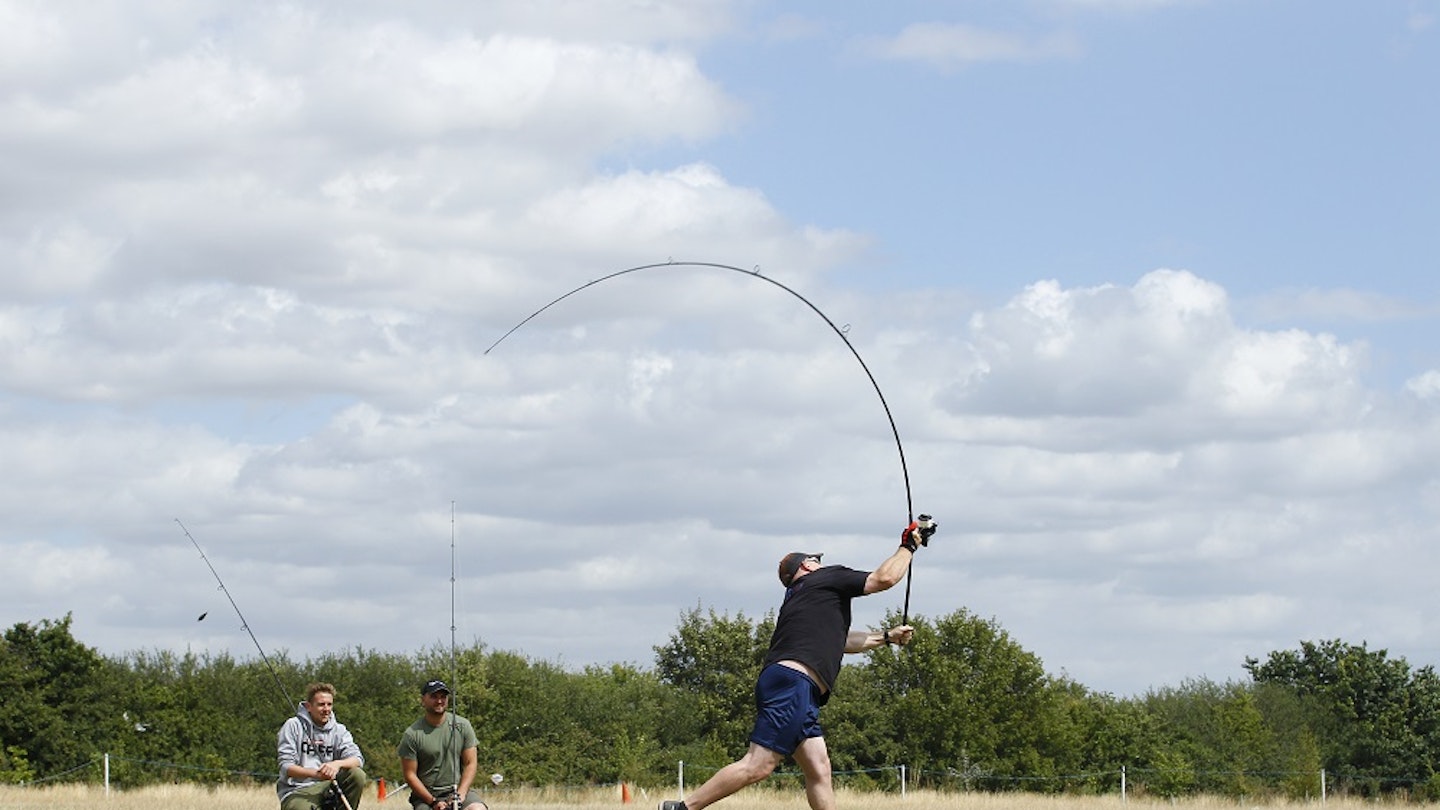The best carp rod for you might not be the best carp rod for someone else.
Budget and intended use all play a huge part in selecting the correct tool for the job, but every rod can be judged on the following criteria.
Carp rod actions
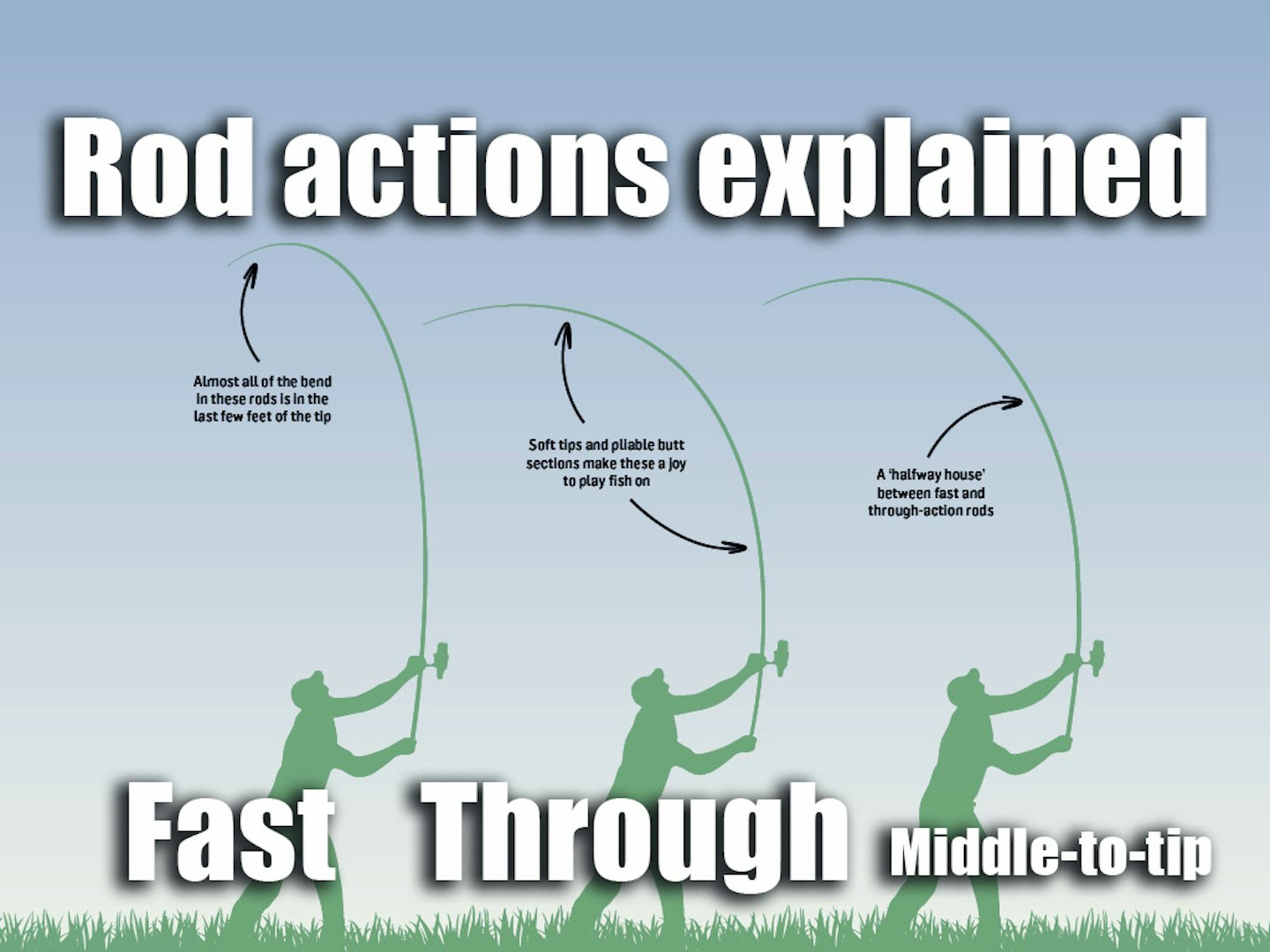
Fast action
These rods are casting tools, with a stiff butt section for power and a whip-crack tip section for flinging leads to the horizon.
In years gone by, such dedicated casting rods would be dismissedas ‘broom handles’ that take the fun out of fighting a carp. But not any more.
Modern rods with high test curves are actually more than adequate at playing fish in an enjoyable manner while still being able to hurl rigs hundreds of yards.
While most carp rods are 12ft, some of those designed for hitting extreme distances are 1ft longer.
However, with both 12ft and 13ft rods it’s important to be confident that you will use their full potential.
Some of these rods take a lot of power and timing to ‘compress’ – something that can take time to perfect.
If you are not the best caster in the world, then buying a beefy fast-action rod might be like purchasing a Ferrari and only using it to nip to the shops.
Good for: Long-distance fishing and casting big leads and solid PVA bags
Drawbacks: Stiffish tip section can lead to hook-pulls at close range
Through action
If you don’t need to hit big distances, then a through-action rod might just be the most satisfying to use when bringing carp to the bank.
These can still be powerful enough to lead a fish out of weed or snags, but will generally offer a more ‘connected’ experience during a fight.
Each lunge of the fish will be cushioned throughout the length of the rod.
This action is great for short-range work and playing fish at close quarters. In theory, using these rods will lead to fewer hook-pulls at the net.
Another feature of this type of rod is the ability to use lighter lines and hooklinks, as the rod itself will act as an extra buffer.
So if surface fishing or subtle set-ups fished at short range are your thing, then these rods might be the best bet.
The pay-off for this security is a lack of casting muscle. If you regularly use PVA bags or large Method feeders, then a through-action rod might not have the power to launch them far enough.
Good for: Short-range, surface and margin fishing with leads up to about 2oz
Drawbacks: Lack of backbone means casting distances can be compromised
Middle-to-tip
These rods are a combination of the two models above and are likely to make up the majority of carp rods you will find in your local tackle shop.
They will have enough power to cast reasonably heavy leads and PVA bags decent distances. However, they will also be soft enough to cushion a fighting carp at close quarters and provide welcome feedback to the angler during the battle.
If, like many anglers, you fish a variety of waters and can only afford one set of rods, then these are likely to be the best option.
Some middle-to-tip-action rods will be more suited to casting, while others will be a little more forgiving, but almost all of them will cope with angling situations from the margins to 100 yards.
Sometimes test curves can be deceiving but in this sector of the market the test curve figure will give a good indication of the way such a rod is designed to be used.
Good for: Covering most situations from margins up to 80-100 yards
Drawbacks: A Jack of all trades and a master of none. Overall, the best rod option to choose for all-round carp angling

Carp rod test curves explained
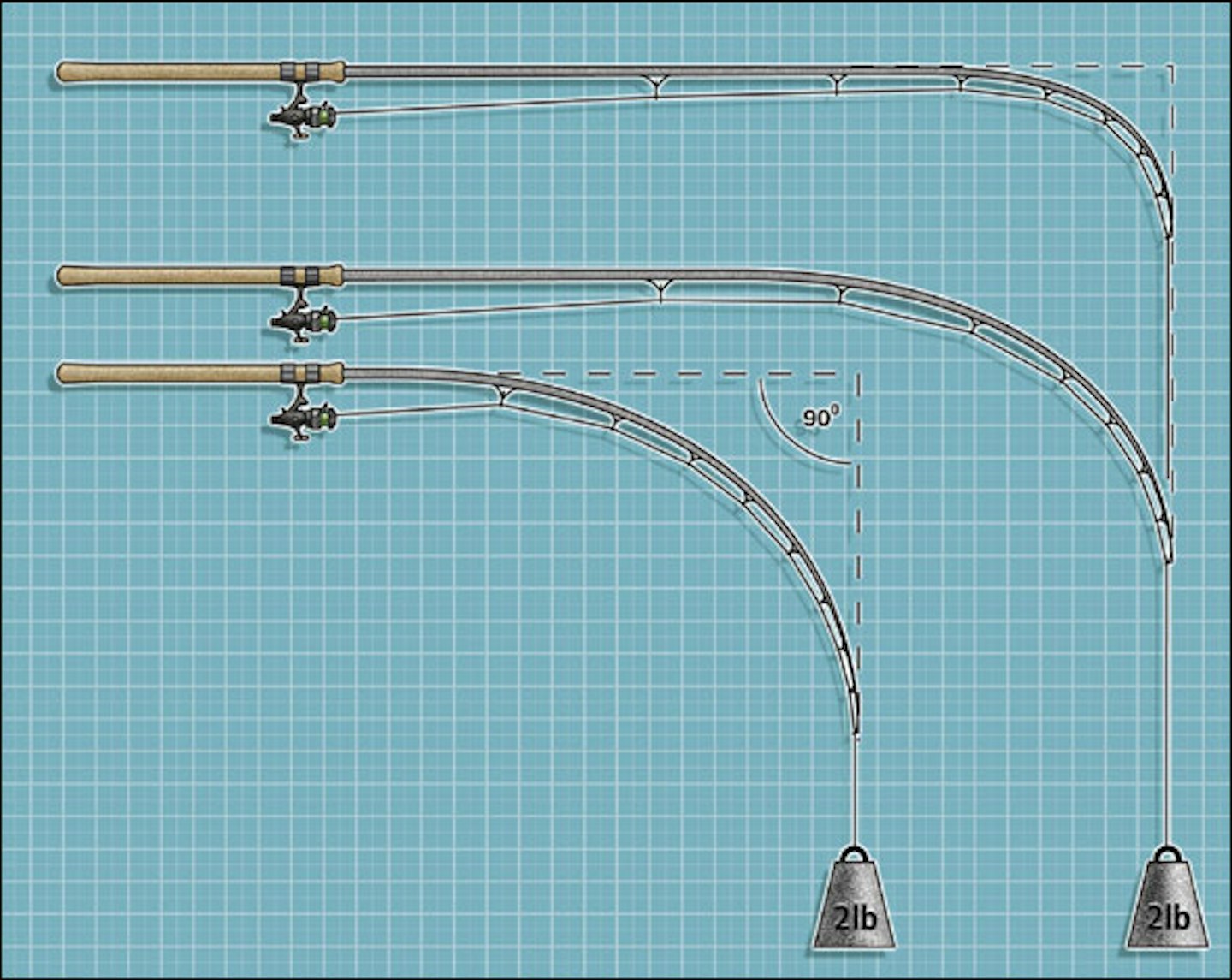
A test curve is a measurement, in pounds and ounces, of the weight needed to pull a rod tip through a 90-degree angle.
Where once any rod with a test curve over 3lb was considered poker stiff, modern carbon technology has created powerful rods that retain fish-playing finesse.
A 3lb-test-curve rod is now classed as an all-rounder, with 3.5lb and 3.75lb test curves more suited to casting long distances.
A 2.75lb or 2.5lb rod will be softer and arguably more fun but won't have huge casting power.
That said, all rods behave differently and their characteristics are a mixture of their action and their test curve.
Reel seat
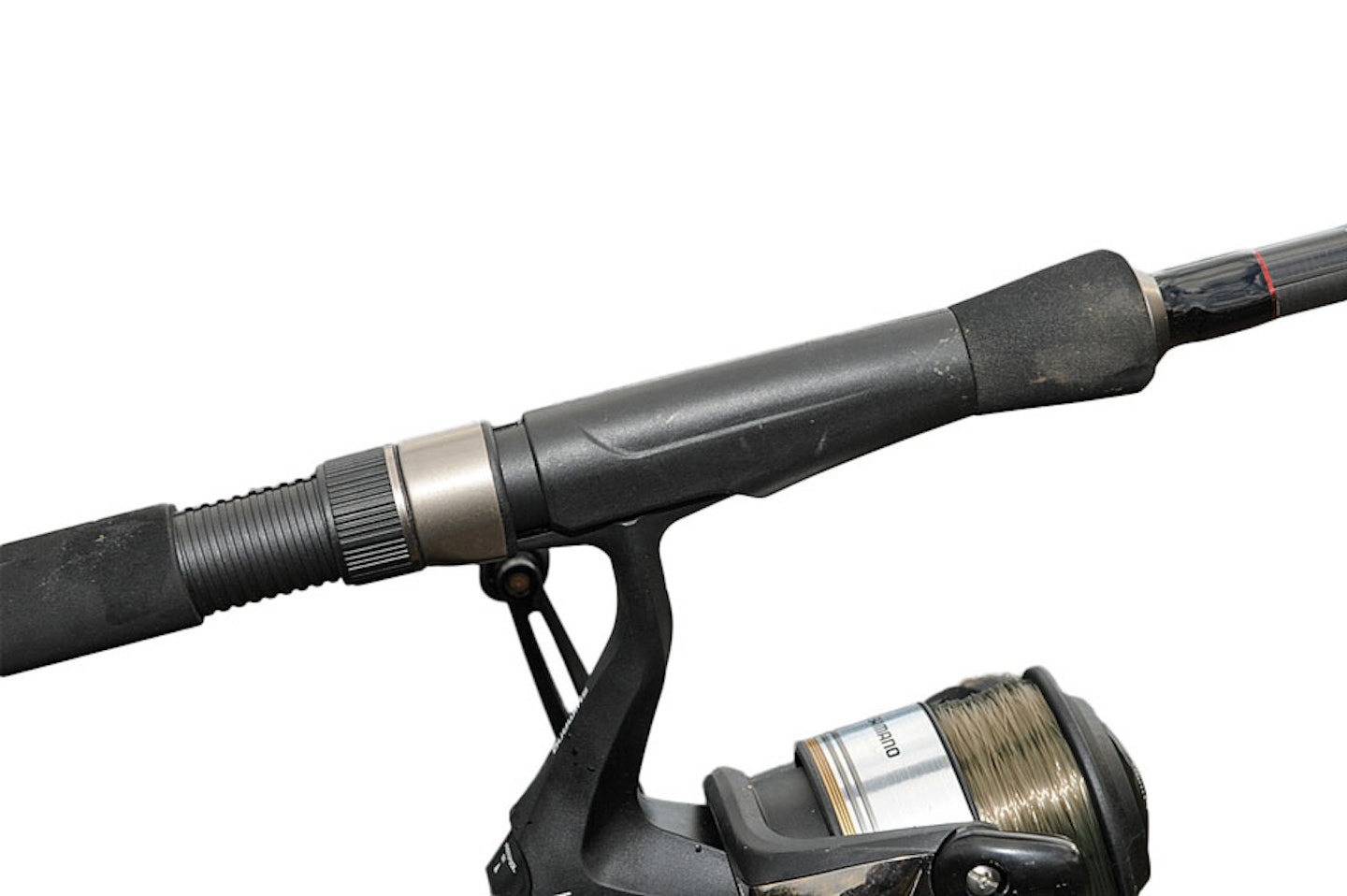
Virtually every carp rod features a secure screw-in reel seat. These keep your reels steadfastly in place during the biggest casts and longest battles.
Most of these fittings will accommodate even the largest reels, but it’s prudent to make sure yours will fit if you’re using big-pit reels.
Remove your reels every few months to prevent seizing up.
Guides
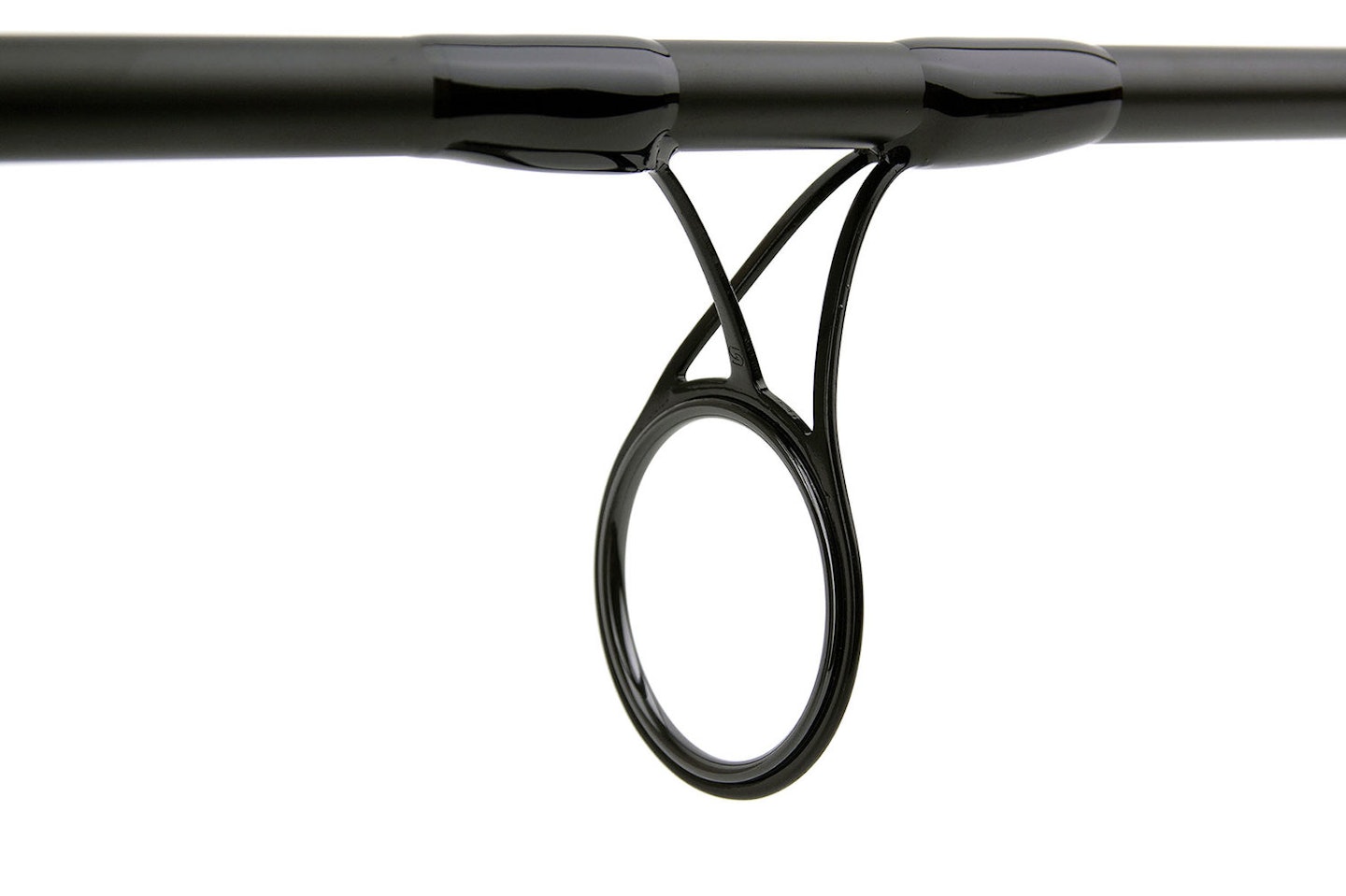
Japanese company Fuji is the dominant name in rod guides (or eyes, as they are also known) and the firm’s products adorn a large percentage of modern carp rods.
Clean your guides regularly to keep them friction-free for smooth casts.
Modern fashion calls for 50mm-wide butt rings (the eye nearest the reel), but these will only aid the most extreme casts.
Handle material

The material you prefer on the handle of the rod is purely down to personal taste.
However, be aware that some butt rests will be better suited to certain handle types.
Handles have got dramatically thinner in recent years, with slick Japanese shrink-wrap outselling spongy Duplon. Cork handles have a classic appeal that still endures.
